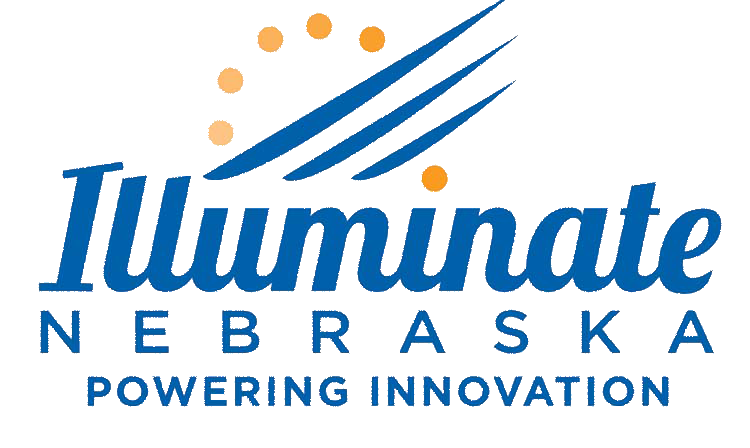
by denonfeagin | September 19, 2024
Digital I/O Detecting Logic States Digital electronics have just two logic states, on or off. The on and off states are represented with a “1” for on and a “0” for off when coding a language the computer will understand. This code is called Binary Language. Download...

by denonfeagin | September 19, 2024
Binary Binary / Base 10 / Hexidecimal The binary and hexadecimal number systems are used to represent data within digital computer systems. Download Bits / Bytes / MB Bits are binary digits that are either a 0 or a 1 which can be put in groups such as 8 bits called a...

by denonfeagin | September 19, 2024
Analog Input / Sensors Measuring Voltage Analog input sensors are devices that measure physical quantities, such as temperature, pressure, light or sound, and convert them into an electrical signal that can be read and processed by a computer or microcontroller. One...

by denonfeagin | August 13, 2024
Coding Machine Code vs. Machine Learning With Machine Code (MC) the programmer creates fixed responses to the environment with maybe some random variation, however with Machine Learning (ML) the programmer creates a system that can improve its responses to the...





